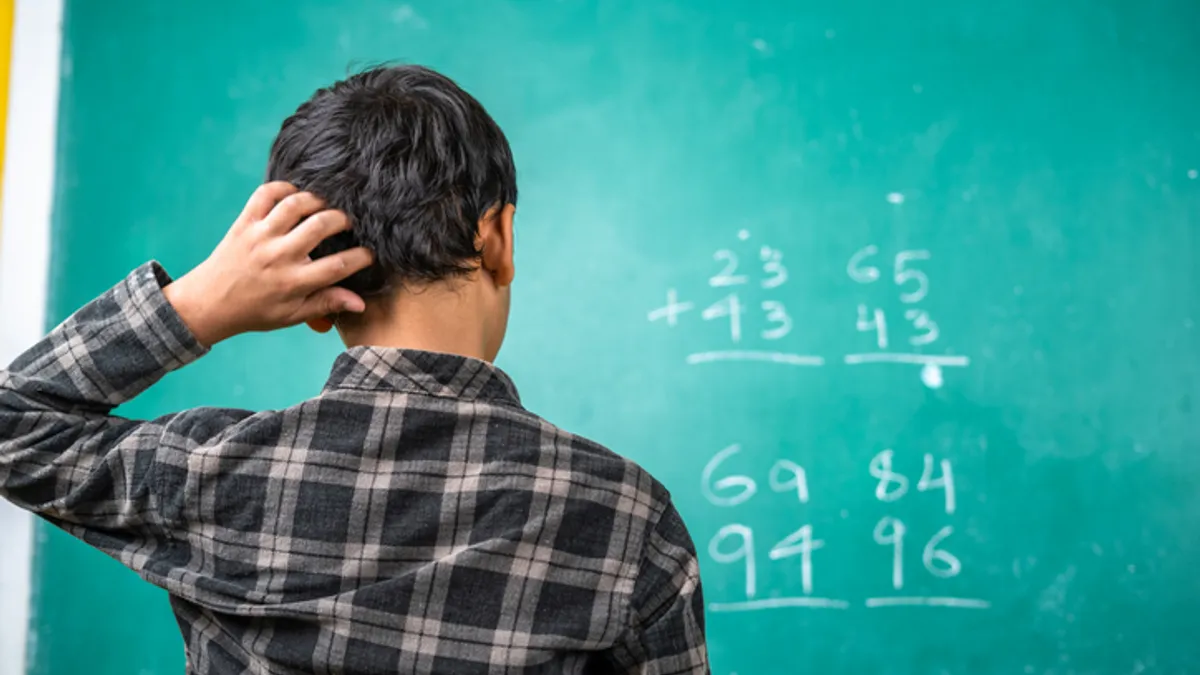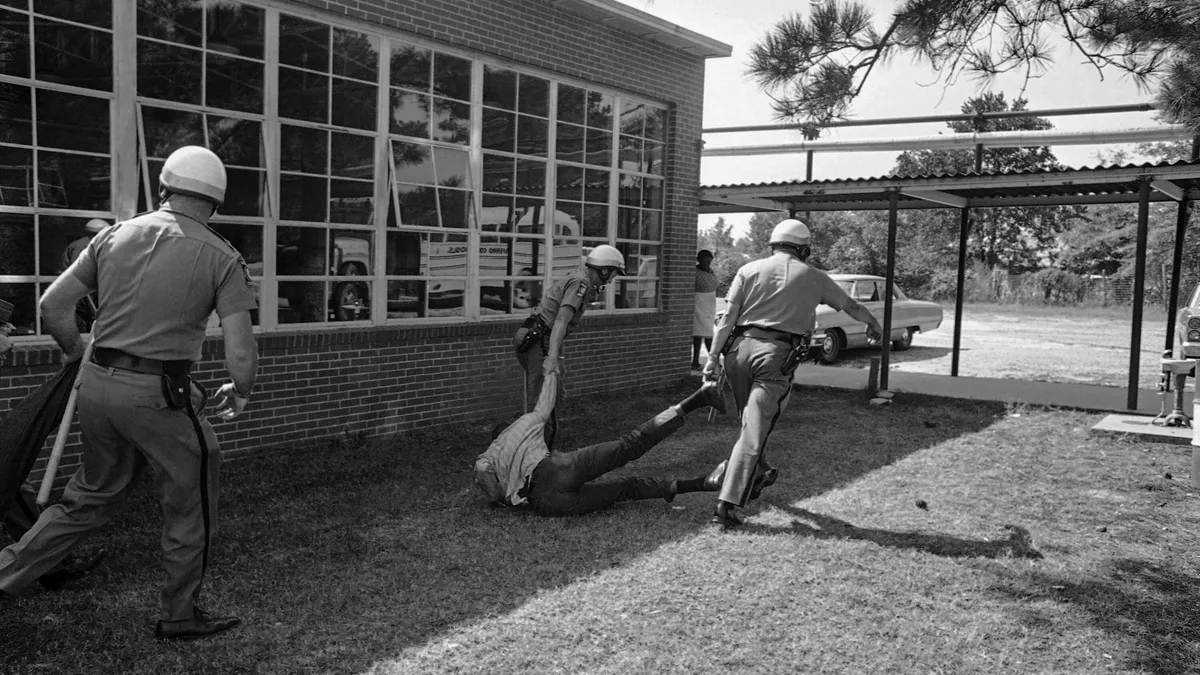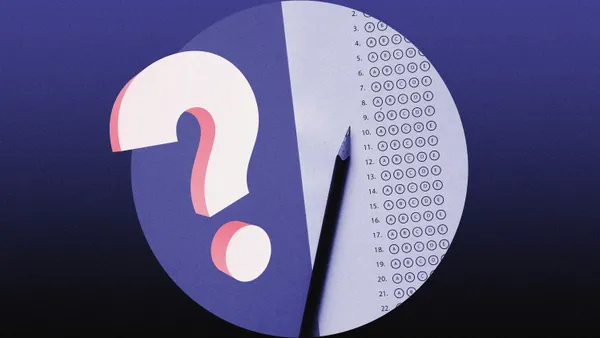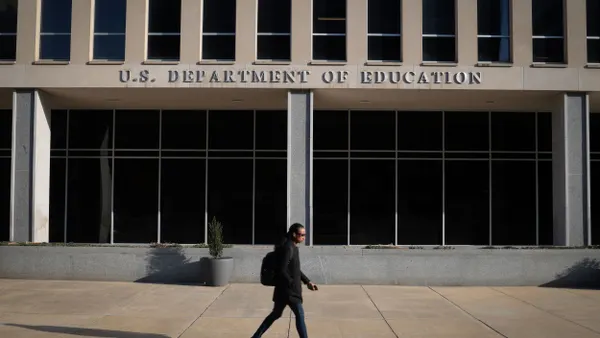Educators can build social-emotional tools into classroom lessons and assignments to give students who are dealing with anxiety extra skills to lean on, advises Brent Henderson, clinical assistant professor in counselor education at William & Mary School of Education.
Henderson suggests giving students a few minutes to do deep breathing exercises or checking in with them to make sure they understand an assignment. Educators can also help students break tasks into smaller chunks, he says.
As a former high school counselor with Gwinnett County Public Schools in Georgia, Henderson suggests that teachers work with counselors in their buildings to address specific students’ needs. Counselors, he says, have a “different level of training and expertise” that can help.
For example, educators who don't themselves experience anxiety may not know how to handle students with those feelings or how to plan for them. But some simple exercises woven into a class period or school day can be a good place to start. That could include simple exercises before any exam, test, or even just the start of the day.
“Looking at it holistically, incorporating things within their lessons, within their classrooms, that help students learn to relax — some of those social-emotional learning skills that are so important for kids,” Henderson says. It’s a good idea, for instance, to ask what can be done for all students to address potential anxiety around a test or assignment.
Ultimately, teachers should be mindful that testing environments — from multiple choice exams to oral presentations — can generate uncomfortable feelings. While some students might thrive in these environments, others may not. Equipping them with tools that can help them handle those feelings can help to stem anxiety if it arises.
"Acknowledging that they might need some tools in general is right,” Henderson says. “I think that's an important piece.”











